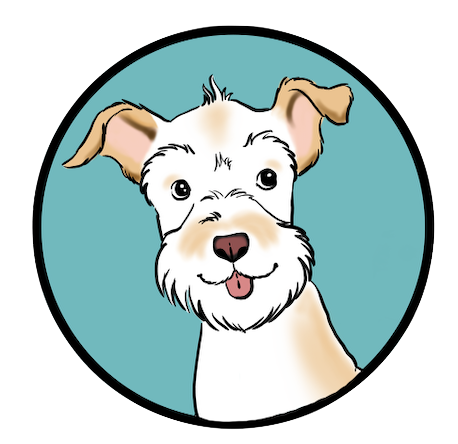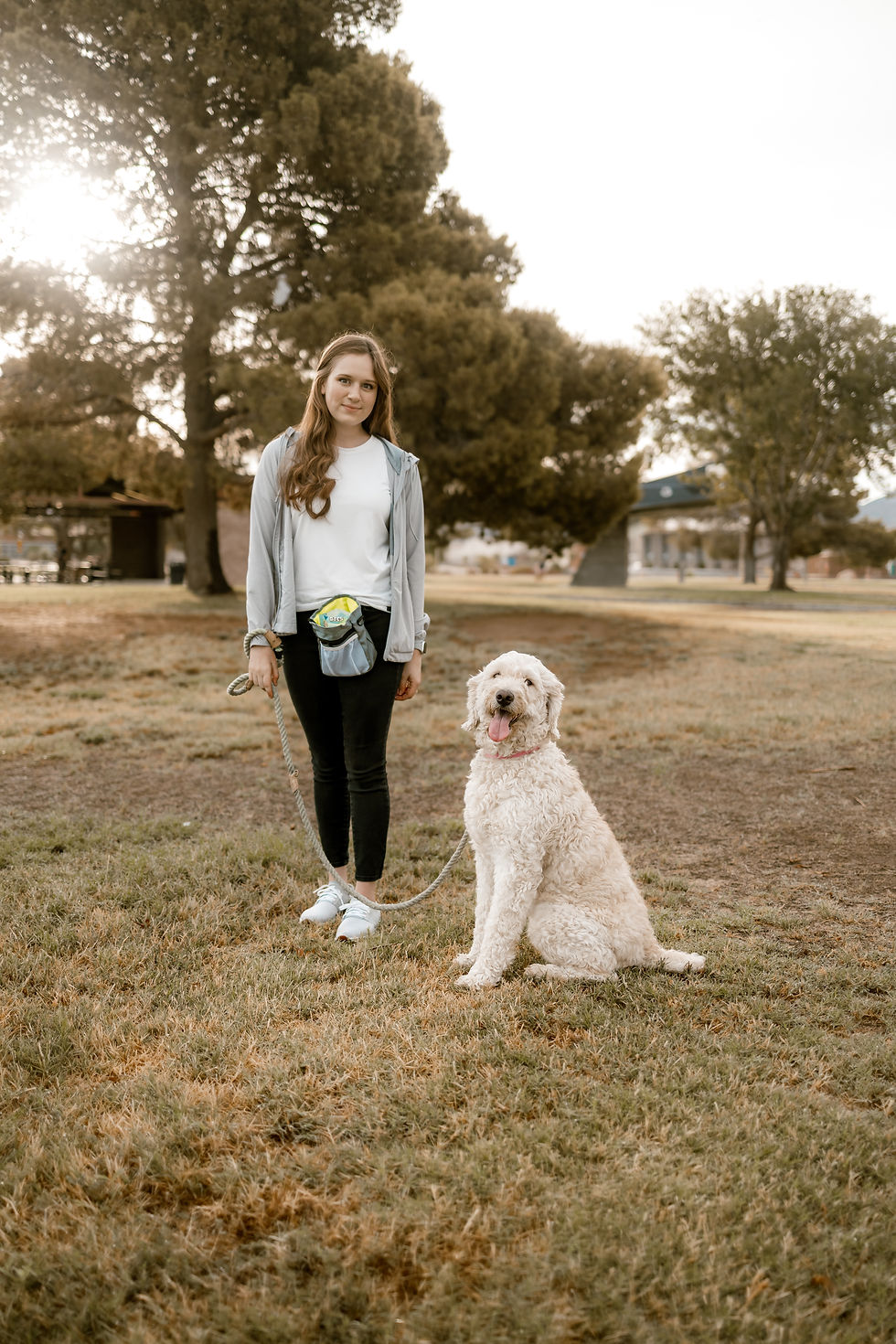The Relationship Bank Account Theory in Dog Training
- Megan Crow

- Aug 2, 2023
- 3 min read
This might change the way you see the world with your dog!

Visualizing your relationship with your dog as a bank account helps understand the dynamics of creating a strong bond. Deposits have less impact than withdrawals, so it's essential to make more deposits than withdrawals to maintain your dog's cooperation and willingness to engage with you.
To determine what counts as a deposit or withdrawal, you need to consider what your dog likes and dislikes. These preferences vary from dog to dog.
For example, my dog Murphy gets terrified when I have hiccups, causing a withdrawal from our relationship bank account. To replenish it, I engage in activities he enjoys, such as fetch or trick
training for treats once my hiccups end, and I make an effort to give him space during my hiccups.

Certain actions might unknowingly be withdrawals, like hugging your dog or kissing your dog's face. Most dogs don't enjoy this kind of affection, so you should compensate with attention they prefer, like fetch or training, or giving them space after you snuggle on them.
A relationship in a negative balance may exhibit signs such as:
the dog not coming when called,
avoiding eye contact,
resource guarding,
or offering displacement behaviors during interactions
sniffing the ground,
yawning,
shaking off,
scratching,
walking away
refusing to engage in play
Other withdrawals might include:
calling your dog back from playing with other dogs,
using the "Leave It" cue to prevent them from eating goose poop on a walk,
or essential but nonconsensual grooming, vet care, shots, teeth, and nails maintenance.
To offset these unpleasant but necessary actions, I recommend making simultaneous high-value deposits, such as using really enticing food, baby talk, or taking frequent breaks. This builds the concept of cooperative care grooming and husbandry, where we aim to desensitize dogs early to minimize the impact of such withdrawals on our relationship bank account.

Think of it as when you go to the dentist. Unpleasant, but necessary, right? Now imagine if you had to be strapped down and were not allowed to ask for breaks until your cleaning ended. To me, that would make it 10x scarier!
For obedience behaviors like recall and "Leave It," which can be withdrawals as you take something away from the dog, it's crucial to balance them with deposits. One effective way is to exchange often when using cues like "Drop It," or occasionally surprise the dog by giving the item back. I once read a dog training book where the author described giving back a deer leg her dog had found and successfully (albeit reluctantly) dropped at his owner’s command. Apparently, giving back the deer leg as a reward for listening to the drop it cue was so powerful he had no trust issues for a long time when it came to letting go of high value items. This is great example of the relationship bank account theory. His owner made a huge deposit when she gave the deer leg back to him! I play a similar game with socks and laundry in my house. Now, instead of disappearing under my bed to shred laundry, my dogs actually bring the socks TO me asking to play.
Deposits include anything your dog enjoys:
specific toys,
fetch games,
sniffing and exploring,
positive reinforcement training,
treats,
snuggles,
predatory behaviors like running, shredding, dissecting, etc,
and access to places like the bed, outdoors, or walks.
A client of mine once had a fearful pitbull who preferred women and disliked engaging with strangers. By slowly and gently tossing treats far away from me, and not pressuring the dog, I built up a positive relationship bank account. Eventually, I won her over and was able to start training. Our relationship bank account was not positive enough in the beginning for me to ask her to work with me. Once, I accidentally withdrew from the account by startling her with a dropped clipboard. To rectify this, I gave her space and played our familiar treat game for the rest of the session.

Similarly, the same client's father unintentionally withdrew from the dog's relationship bank account by reaching and grabbing for her repeatedly or making prolonged eye contact. He was used to dogs who preferred that kind of interaction, or at least didn't mind it. Following my advice, he changed his approach and became one of the dog's favorite people!
By understanding and managing the relationship bank account with your dog, you can cultivate a stronger bond and trust, leading to a happier and more cooperative companion.
If you think you might click with me, schedule a free dog training consultation! Nothing to lose, just a free 30 minutes to talk to a professional dog trainer.



Comments